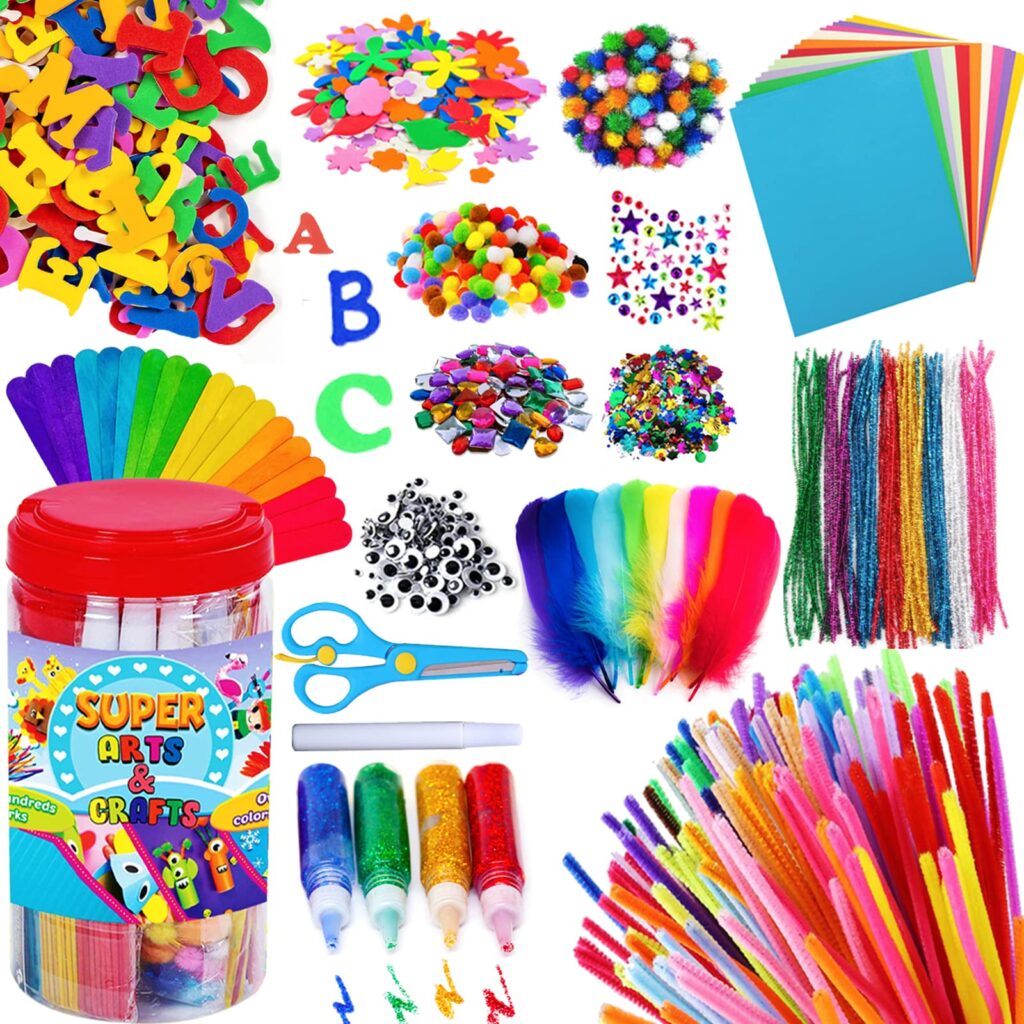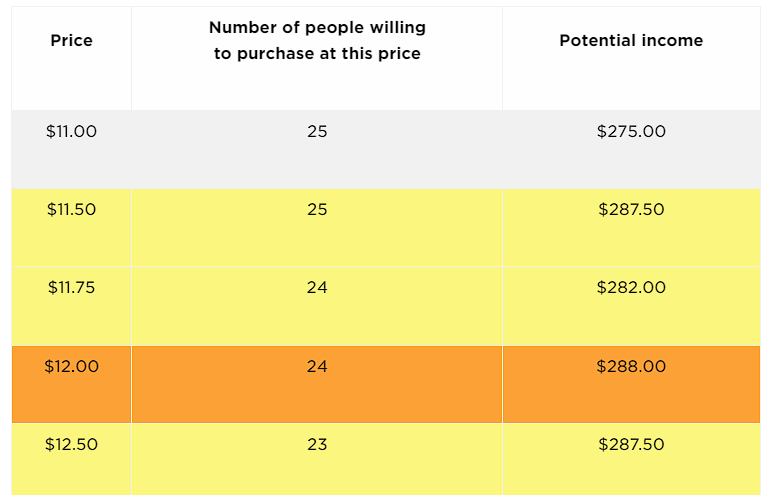Setting the Stage: Determining Your Cost Base
Embarking on the journey of turning your craft into a business? Ensure you’re not shortchanging yourself by neglecting a fair wage for your time. Learn how to establish a solid foundation by calculating your labor costs and setting a competitive price using a reliable formula.

The Pricing Formula Unveiled
Crafting is skilled labor, and it’s time to assign it the value it deserves. Explore a formula that factors in the cost of materials and a reasonable hourly rate for your time. Discover how to strike the right balance between the cost of supplies and your hourly wage to arrive at a competitive starting price.
Example Calculation:
- Cost of supplies + $10 per hour time spent = Price A
- Cost of supplies x 3 = Price B
- Average of Price A and Price B = Price C

Tax Considerations: Adding the Finishing Touch
Don’t forget to factor in taxes. Explore how to calculate sales tax and incorporate it into your pricing strategy. Ensure that your starting price not only covers your costs but also accounts for applicable taxes.
Market Insights: Fine-Tuning Your Pricing Strategy
Dive into the world of market research to fine-tune your pricing strategy. Explore the option of a focus group within your target market to understand what price point resonates with potential customers. Use this valuable feedback to refine your initial pricing, keeping an eye on the sweet spot that maximizes income.
Evolving Your Pricing Strategy
As your business finds its footing, don’t shy away from modifying your pricing strategy. Explore different price points within the profitable range and gather real-world data on customer preferences. This ongoing process of observation and adjustment will help you pinpoint the perfect price point for your crafted creations.
Crafting Success with Confidence
Armed with a reliable craft pricing formula, backed by market research and meticulous record-keeping, you’ll:
- Eliminate the guesswork in determining a competitive price.
- Identify and cater to your niche market.
- Ensure every cost is considered in the creation of one unit.
- Establish a solid starting point for sustainable and profitable growth.
Overall this article should assist you in properly planning how to price your products.
